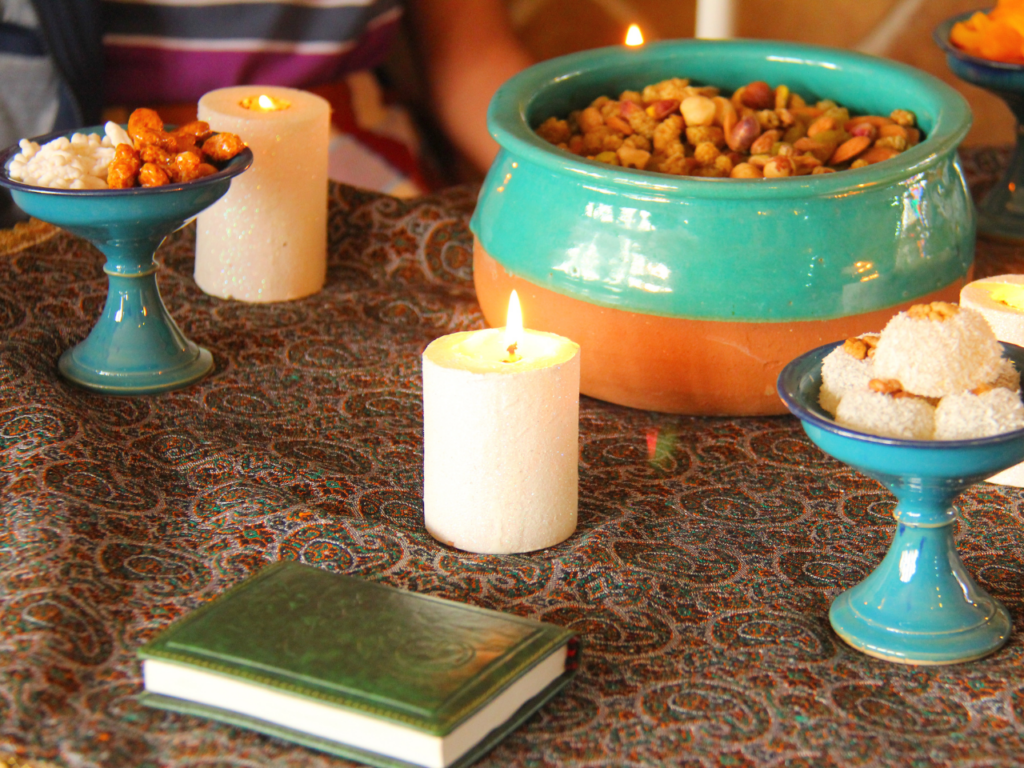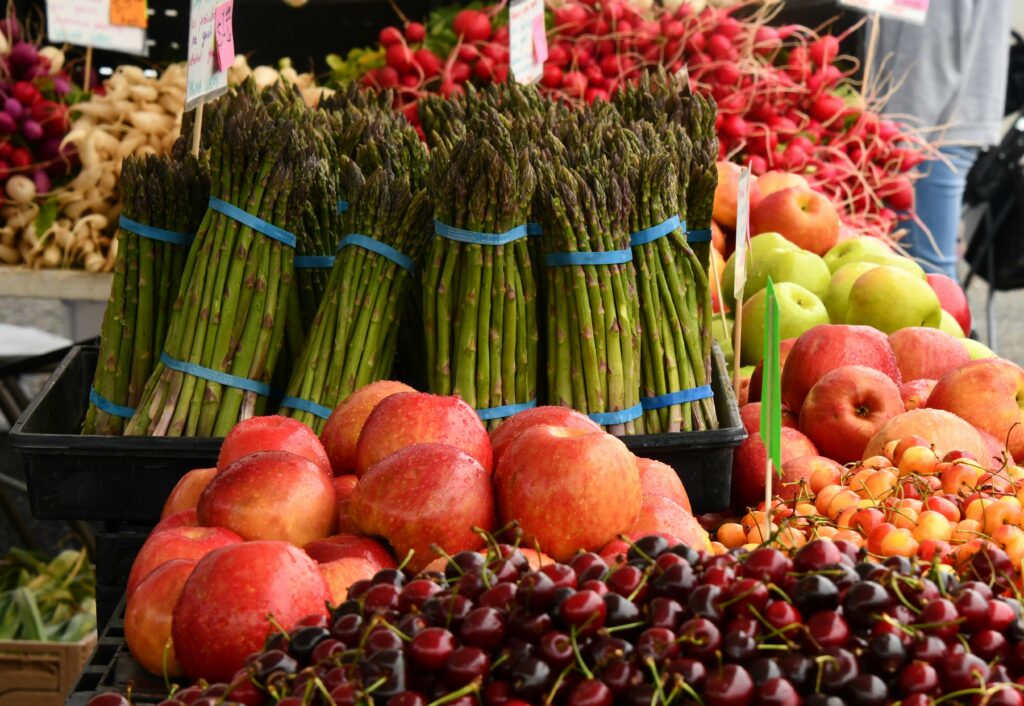More than simply the shortest day of the year, winter solstice is a deeply important date in the calendar. This day, when one of Earth’s poles reaches its maximum tilt away from the sun, has held a spiritual quality for cultures across continents and centuries. This has manifested in representing the rebirth of the sun god, the triumph of light over darkness, or even as a celebration of Pachamama (Mother Earth) herself. It marks a turning point: the promise of longer, brighter days; animals stirring from their winter slumber; the bloom and rebirth of life itself. Thus, it has inspired traditions that range from ancient rituals to modern festivities – traditions that you can experience yourself. Here are 8 incredible winter solstice celebrations from around the globe that you can take part in to welcome the return of the light.
Stonehenge Winter Solstice Gathering – United Kingdom

Explore Stonehenge with Insight on the Best of Britain tour
Dongzhi Festival – China

Shab-e Yalda – Iran

Shab-e Yalda, or the “Night of Yalda,” or “Chelle Night” is one of the most cherished and ancient traditions in Persian culture, marking the winter solstice and the year’s longest night. Deeply rooted in Zoroastrian beliefs, Yalda symbolizes the triumph of light over darkness and the renewal of life. The celebration dates back thousands of years, honoring Mithra, the ancient Persian god of light, and reflecting the cultural significance of hope, warmth, and togetherness during the cold winter months.
On this special night, families and friends gather to stay awake until dawn, cherishing the time together and the symbolism of light’s return. Tables are adorned with seasonal fruits, including pomegranates and watermelons, which are believed to protect against illness and misfortune. The red seeds of the pomegranate represent the glow of life, while watermelon evokes the warmth of summer. Nuts, dried fruits, and sweets also feature prominently, symbolizing abundance and prosperity.
An integral part of Yalda is the recitation of poetry, particularly verses from the works of the famed Persian poet Hafez. These readings create a reflective and joyous atmosphere, as participants interpret the poems as messages for the year ahead. Staying up through the night becomes an act of welcoming the dawn and celebrating the eventual victory of light over darkness, a universal theme that resonates beyond cultural boundaries. This is celebrated by many of the Persian diaspora all over the world.
Inti Raymi – Peru (Southern Hemisphere)

Inti Raymi in Peru takes place in what is winter in the Southern hemisphere – late June. It shares profound parallels with other winter solstice festivals around the world: honoring the cycles of the sun and its vital role in sustaining life, and the celebration of a sun god, Inti. This is rooted in ancient Incan traditions, reflecting the deep Andean reverence for the sun’s power and its influence on the natural world.
Held annually in Cusco, Peru, the historical heart of the Inca Empire, Inti Raymi is a stunning cultural spectacle that draws thousands of participants and spectators. The celebration begins with colorful processions featuring performers dressed in traditional Andean attire, representing figures from Incan mythology and society. Dancers, musicians, and costumed actors bring history to life through mesmerizing rituals and performances that recreate ancient ceremonies.
At the heart of the festival is the symbolic renewal of the sun’s energy and its blessing for the harvests ahead. The rituals culminate in a grand reenactment at Sacsayhuamán, an impressive archaeological site overlooking Cusco. Here, offerings are made to Inti to express gratitude and secure prosperity for the coming year.
Toji – Japan

St. Lucy’s Day – Scandinavia

In Scandinavia, the winter solstice and return of the sun has been an important celebration for a long time, since before the region converted to Christianity.
The ‘return of light’ is celebrated with Saint Lucy’s Day, even though it takes place on December 13 every year. Often named the ‘Festival of Lights’, bonfires are lit on Saint Lucy’s Day to to symbolize the triumph of God’s light over the darkness of winter, and the world. This tradition of lighting bonfires actually comes from ancient Pre-Christian Norse traditions, even though they now honor Saint Lucy, the 4th-century Christian martyr. See how all the influences weave and blend together? All you need to know is that there is lots of festive cheer, bonfires, saffron buns, and girls dressed as Saint Lucy in white robes and candlelit wreaths, leading serene processions with traditional songs.
Grianstad an Gheimhridh – Ireland

At Newgrange, a 5,000-year-old passage tomb in County Meath, Ireland, an extraordinary event occurs every winter solstice. As the sun rises, a beam of sunlight penetrates the passage and illuminates the inner chamber, creating a breathtaking spectacle that marks the alignment of the tomb with the solar cycle. This phenomenon, which lasts for just a few minutes, demonstrates the advanced understanding of astronomy by the ancient builders who constructed the tomb long before even the pyramids of Egypt.
Soyal – Hopi Tribe, United States

Soyal is the winter solstice ceremony celebrated by the Hopi people of the American Southwest, marking a time of spiritual renewal and connection with the earth’s cycles. Held around December 21st, Soyal is a profound event that honors the return of the sun and its life-giving energy, after the darkest days of winter. The Hopi view the solstice as a pivotal moment in the year, a time for purification and a fresh start as they prepare for the new season.
The ceremony typically begins with a series of prayers and rituals led by spiritual leaders, focusing on the restoration of balance and harmony in the world. Songs and dances play a significant role in the ceremony, with participants performing in kivas, the underground ceremonial chambers that are considered sacred spaces for Hopi rituals. The dances often depict prayers for good health, successful harvests, and the fertility of the land, all essential aspects of Hopi life. An important part of Soyal is the symbolic lighting of the “Kachina” dolls or figurines, which are thought to represent spiritual beings. Through Soyal, the Hopi honor their ancestors’ wisdom and ensure the continuity of their cultural and spiritual traditions for future generations.
The Hopi People primarily live in Northeast Arizona. Discover the magic of the canyons of Arizona and Utah on Enchanting Canyonlands
There unique winter solstice celebrations offer a unique opportunity to connect with the rhythms of nature and the enduring human spirit. Why not plan your next adventure around one of these unforgettable events and experience the magic for yourself?






